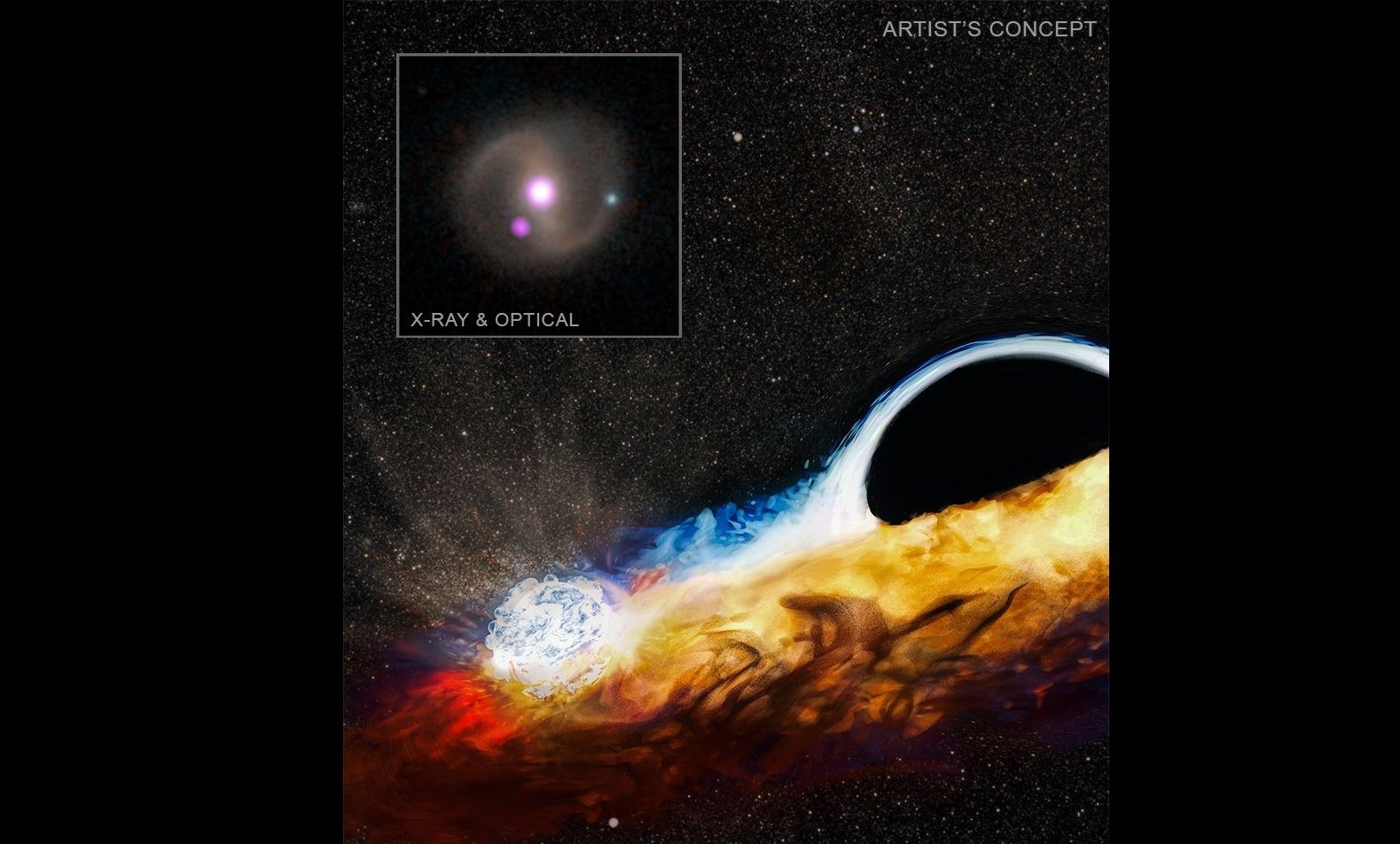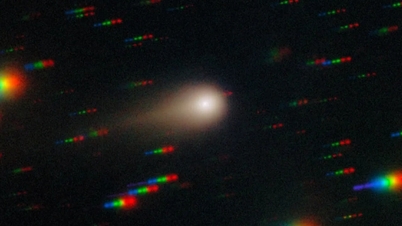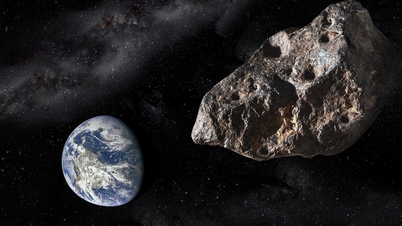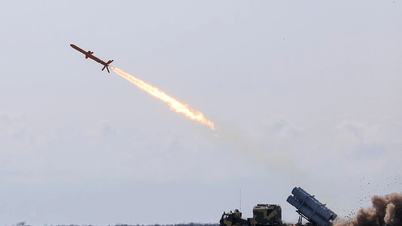(NLDO) - NASA's Chandra X-ray Observatory has captured the most terrifying moment of a monster black hole 210 million light-years away.
According to Space.com , the latest data on the galaxy AT2019qiz, 210 million light-years away, shows a structure described as a "graveyard" surrounding the monster black hole at its center.
The "graveyard" around a black hole is a bizarre disk of material that swirls around the black hole and attacks any other star unlucky enough to come close.

The small image shows unusual data about the central black hole of the galaxy AT2019qiz, while the large image depicts how the black hole tears apart a star and uses the disk of material from this star to destroy other objects - Photo: NASA
A research team led by astronomer Matt Nicholl of Queen's University Belfast (UK) analyzed the data and told the real story behind this terrifying cluster of space structures.
What we're seeing is a monster black hole that has torn apart a star and turned the remains of that star into a companion killer, which has gone on to attack another star.
The original star had the misfortune to get too close to the black hole and was destroyed in a TDE, or "star-tearing black hole" event, created by tidal forces so devastating that instead of the entire star being pulled into the black hole, it was torn apart mid-way.
So part of this star got stuck around the black hole, forming a flat cloud that surrounded the black hole.
The debris of this star has expanded so much that another star orbiting the black hole is constantly colliding with it.
These collisions severely damaged the second star, creating powerful X-ray jets that Chandra picked up.
It was those X-ray beams – repeated every 48 hours – that caught scientists' attention.
Additional observational data from the Hubble Space Telescope has allowed scientists to determine the width of the accretion disk surrounding this supermassive black hole.
They found it had spread out enough to allow any object orbiting the black hole on a cycle of about a week or less to pierce the disk and cause eruptions.
Co-author Andrew Mummery from the University of Oxford (UK) said this discovery is a major breakthrough in black hole research.
Scientists have previously recorded similar X-ray jets periodically erupting from other monster black holes, but their nature was unknown.
Source: https://nld.com.vn/anh-doc-tu-nasa-lo-den-hoa-kiep-vat-the-khac-thanh-sat-thu-196241016112013418.htm






![[Photo] Prime Minister Pham Minh Chinh chairs meeting to deploy overcoming consequences of storm No. 10](https://vphoto.vietnam.vn/thumb/1200x675/vietnam/resource/IMAGE/2025/10/3/544f420dcc844463898fcbef46247d16)
![[Photo] Students of Binh Minh Primary School enjoy the full moon festival, receiving the joys of childhood](https://vphoto.vietnam.vn/thumb/1200x675/vietnam/resource/IMAGE/2025/10/3/8cf8abef22fe4471be400a818912cb85)





























































































Comment (0)